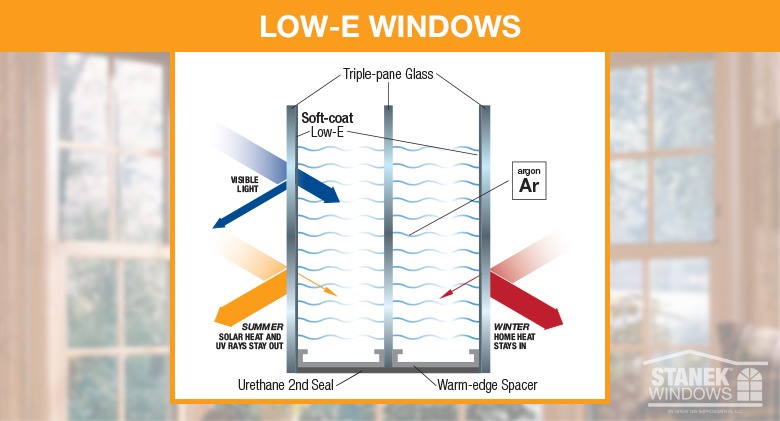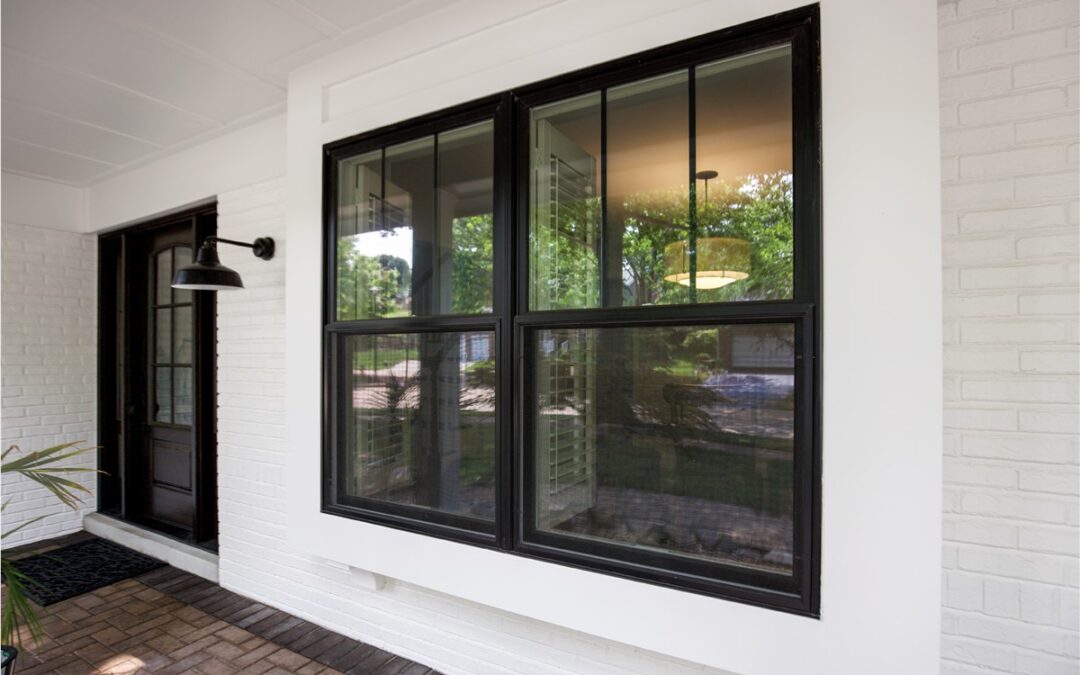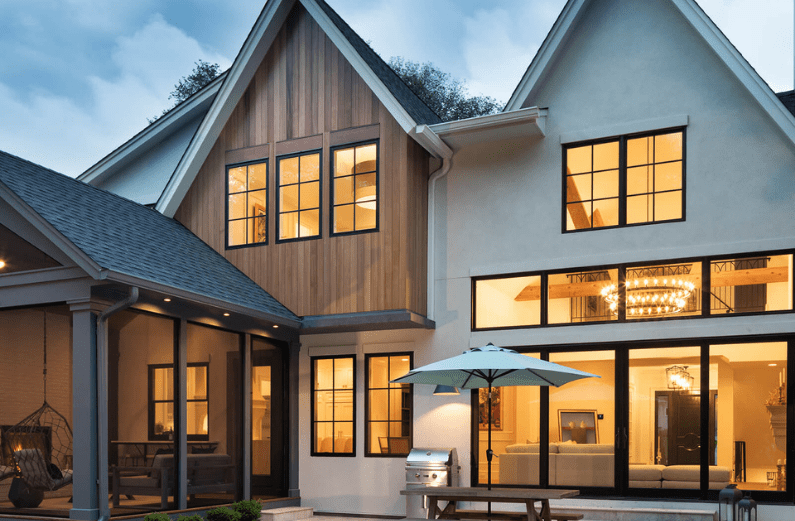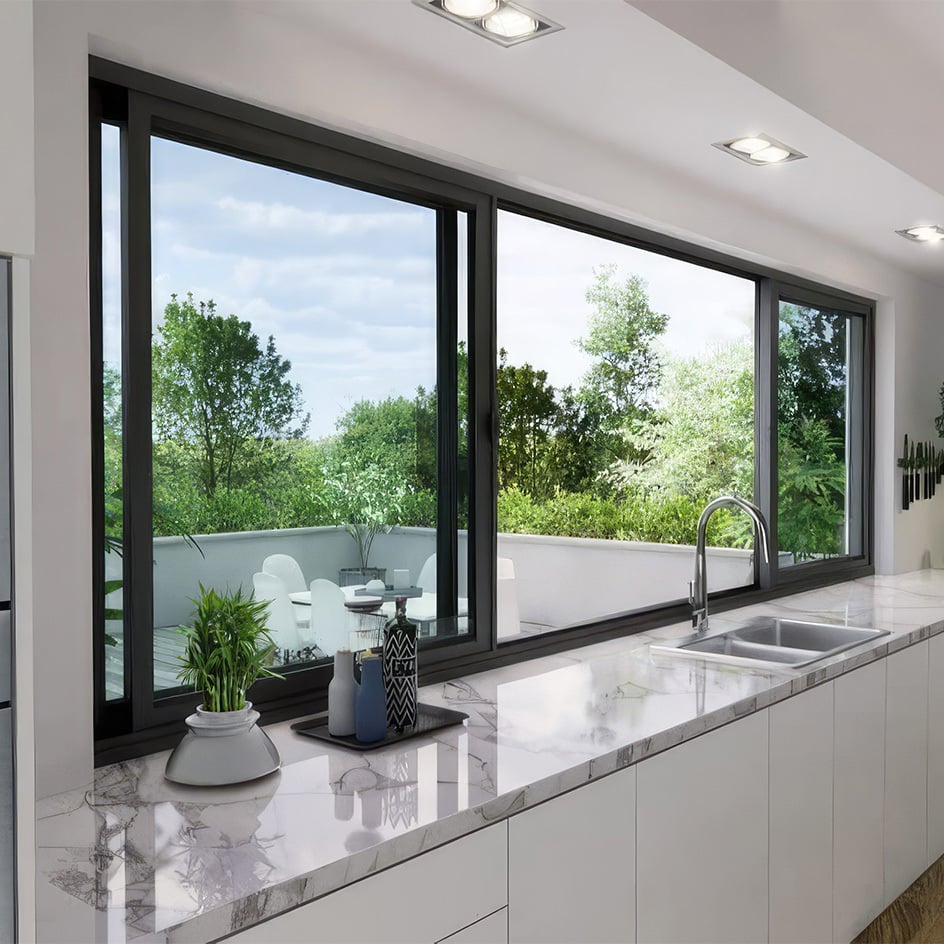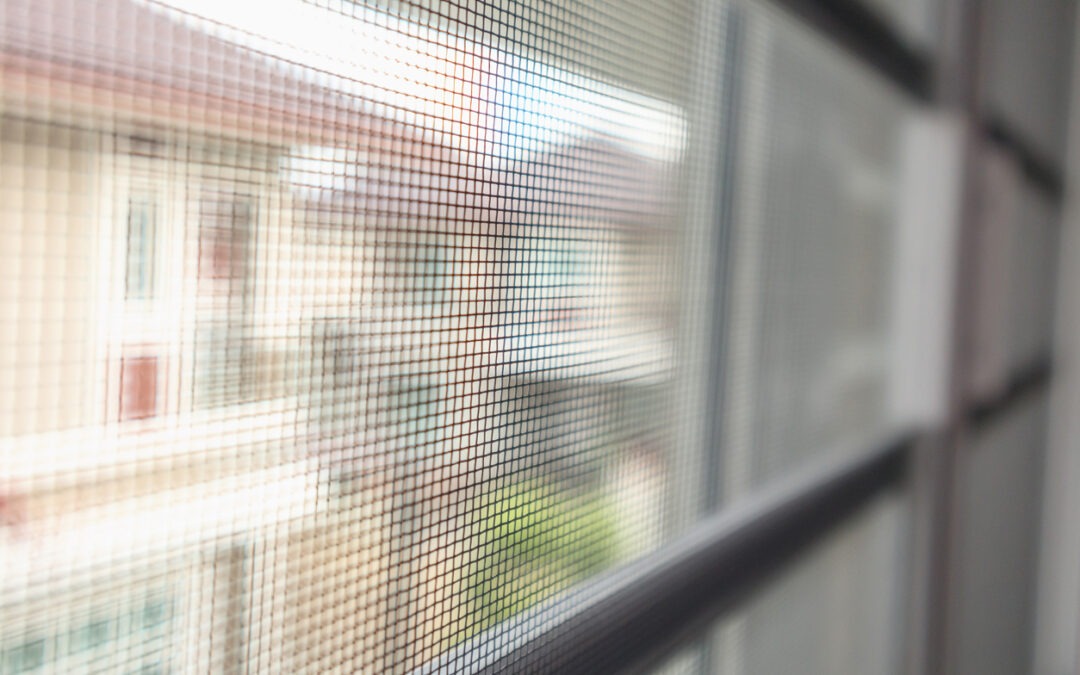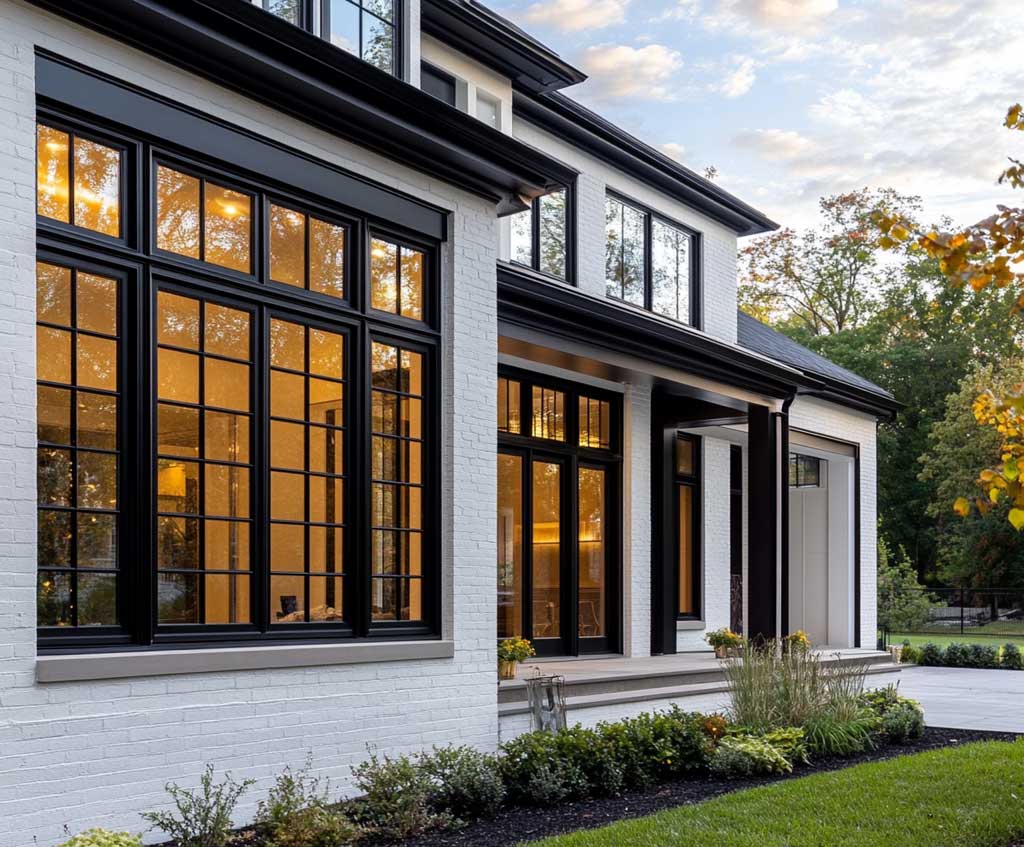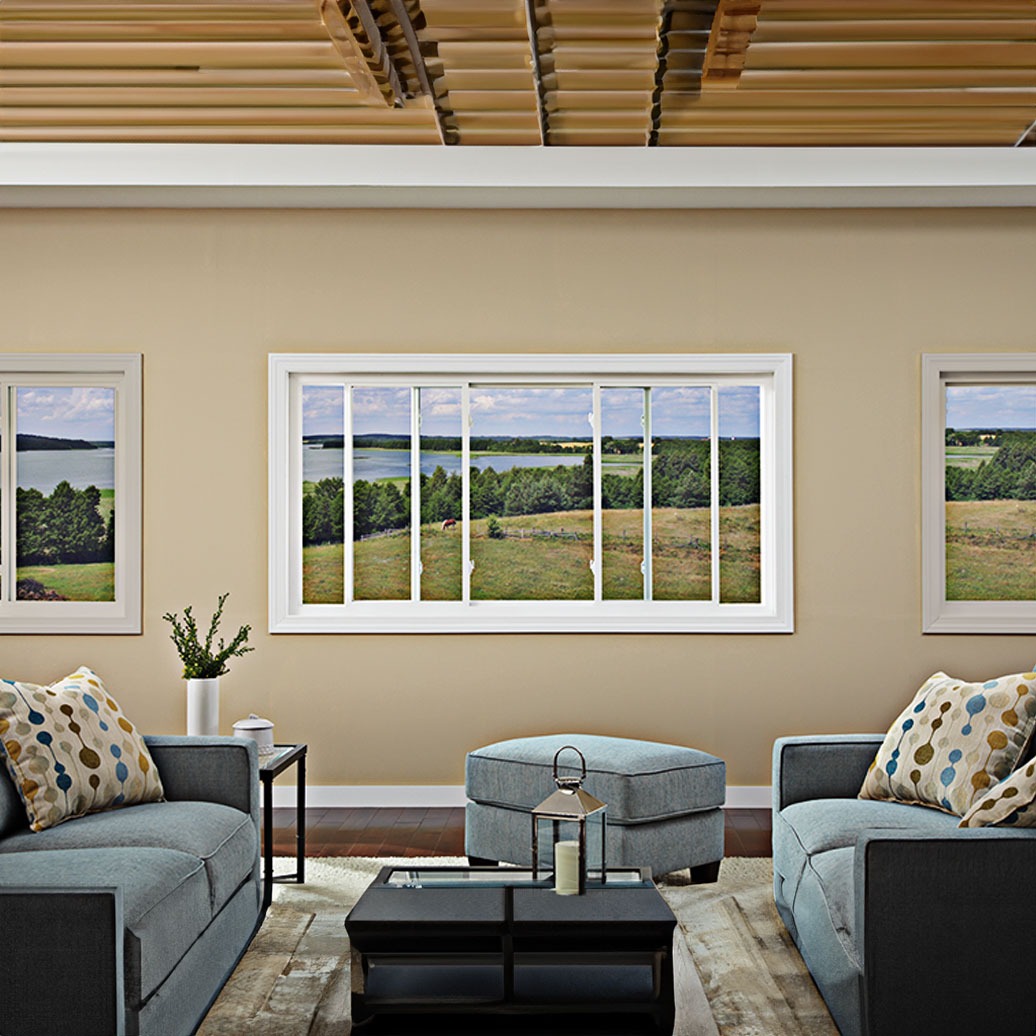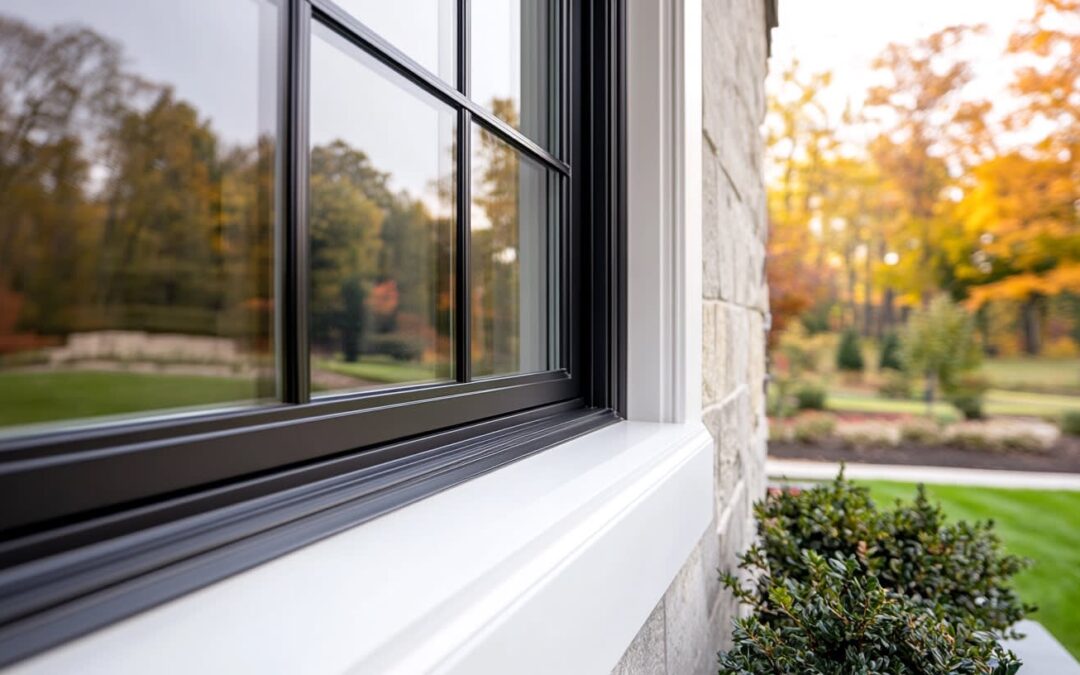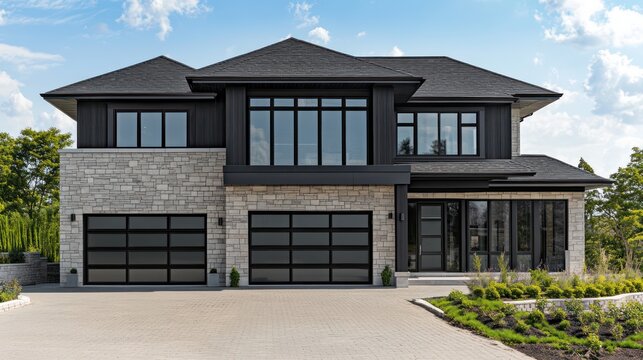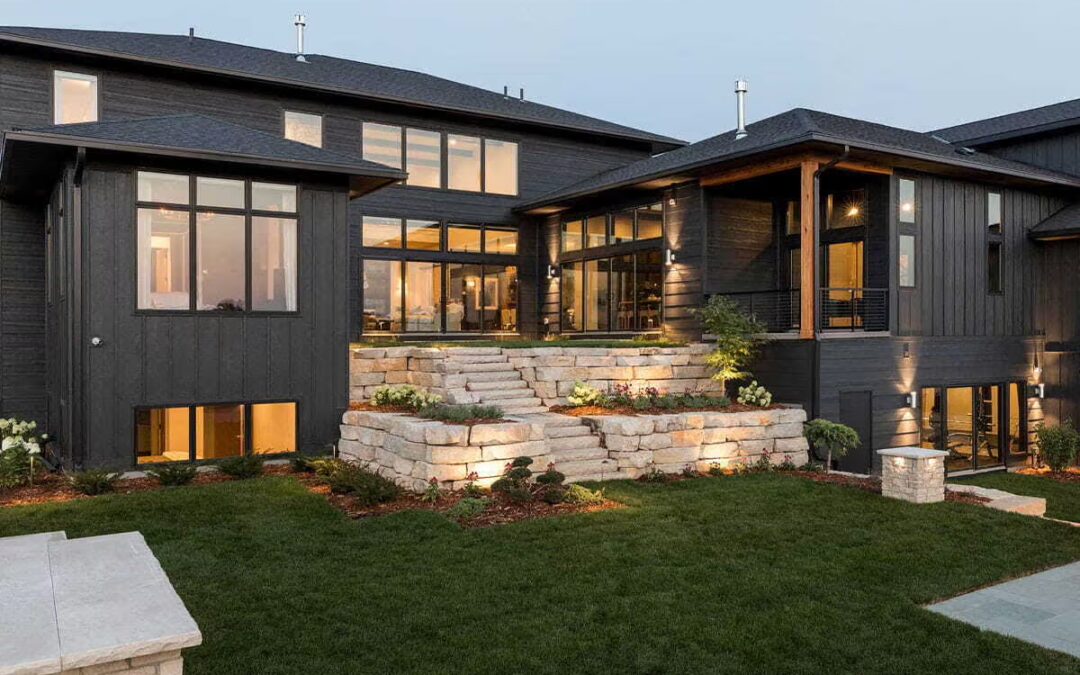When you’re looking to replace or upgrade your windows, you might come across the term “Low-E coating.” It’s a key feature in many modern energy-efficient windows, but what exactly does it mean? Let’s break it down and explore how Low-E coatings work, where they are applied on a window, and the options available to homeowners.
What is Low-E Coating?
“Low-E” stands for low emissivity, a term that refers to how a material emits energy in the form of radiant heat. Windows with Low-E coatings are designed to reflect heat back to its source, improving the overall energy efficiency of your home.
The coating itself is a thin, almost invisible layer of metallic particles applied to the glass. It’s engineered to allow natural light to pass through while reflecting certain wavelengths of heat radiation. This makes it an excellent choice for homeowners who want to keep their homes comfortable year-round while reducing energy bills.
How Does Low-E Coating Help Your Home?
Low-E coatings contribute to your home’s energy efficiency by regulating heat transfer in and out of your home. Here’s how it benefits your home across different seasons:
- In the Summer: It helps keep your home cooler by reflecting the sun’s ultraviolet (UV) and infrared (IR) rays, preventing excess heat from entering. This reduces the strain on your air conditioning system.
- In the Winter: Low-E coating reflects the heat generated inside your home back into your living space, keeping it warmer. This reduces the amount of heat loss through your windows, cutting down on heating costs.
- Protection Against UV Damage: Not only does it improve temperature control, but Low-E coatings also block up to 98% of harmful UV rays. This protects your furniture, flooring, and décor from fading and sun damage over time. In short, Low-E windows maintain a comfortable indoor climate and lower energy costs by providing a thermal barrier without sacrificing visibility or natural light.
Where is Low-E Coating Applied on a Window?
Windows are made up of multiple layers of glass (panes), and Low-E coatings are strategically applied to different surfaces of the glass to optimize performance. These surfaces are often referred to by numbers:
- Surface 1 is the outermost layer (the side exposed to the elements).
- Surface 2 faces inward but is still part of the outer pane.
- Surface 3 is part of the inner pane facing the space between the panes.
- Surface 4 is the innermost layer, the side you can touch from inside your home.
Low-E coatings are typically applied to Surface 2 or Surface 3. The exact placement depends on the climate and the desired performance of the window. In colder climates, it may be more beneficial to have the coating on Surface 3 to reflect heat back inside. In warmer climates, placing the coating on Surface 2 helps reflect the sun’s heat outward, keeping the interior cooler.

Types of Low-E Coatings: 1, 2, or 3 Layers
When selecting Low-E windows, you’ll likely come across options that have one, two, or even three layers of Low-E coating. Each provides different levels of performance:
- Single Layer (1-Coat Low-E): This is the basic option and provides some energy efficiency benefits by reducing heat loss and blocking a percentage of UV rays. It is commonly used in standard energy-efficient windows and is a good middle-ground for milder climates.
- Double Layer (2-Coat Low-E): This is an upgrade from the single layer, offering increased efficiency. With two layers, the window does a better job of reflecting heat and blocking more UV rays. This option is popular in areas with more extreme temperature fluctuations.
- Triple Layer (3-Coat Low-E): The most advanced option, three coats provide the highest level of energy efficiency. These windows offer maximum protection against heat transfer and are perfect for homes in very hot or very cold climates. The downside is that more coatings can slightly reduce the amount of natural light that enters your home, but the energy savings can be substantial.
Which Option is Right for You?
When deciding how many coats of Low-E are right for your windows, it’s important to consider the climate in your area and your home’s specific needs. Here are a few factors to think about:
- Mild climates with less extreme temperatures can often get by with a single Low-E layer, while areas with hot summers or cold winters might benefit from a double or triple coating.
- If you want maximum protection against UV rays, which is crucial for preserving the appearance of your interior furnishings, opt for more layers of Low-E.
- For homeowners focused on achieving the highest possible energy efficiency, especially in climates that experience both hot and cold extremes, triple-layer Low-E is the most effective solution.
Conclusion: Low-E Coating is a Smart Investment
Installing windows with Low-E coatings is a smart move if you’re looking to boost your home’s energy efficiency while maintaining comfort. It helps regulate your home’s temperature throughout the year, blocks harmful UV rays, and can save you money on your energy bills. Plus, with options for single, double, or triple coatings, you can tailor your windows to meet the specific demands of your climate and lifestyle.
By investing in windows with Low-E coatings, you’re not just improving your home’s energy performance—you’re also making a long-term investment in comfort, protection, and savings. At Imperium Exteriors we offer multiple top-of-the-line window brands, including Kolby, Marvin, Andersen, and Provia . Contact Imperium Exteriors today for your free window estimate!
Does Low-E coating block UV rays?
Yes! Low-E coatings block up to 98% of harmful UV rays, protecting your furniture, flooring, and décor from fading due to sun exposure.
Will Low-E coatings make my home darker inside?
Slightly, but the impact is minimal. Triple-coated Low-E windows reduce some natural light, but modern designs balance efficiency and visibility to maintain a bright interior.
Can Low-E coatings be added to existing windows?
No, Low-E coatings are applied during the manufacturing process. However, you can add Low-E window films as an alternative, though they are not as effective as built-in coatings.
Are Low-E windows worth the investment?
Absolutely! They improve energy efficiency, reduce heating and cooling costs, protect interiors from UV damage, and increase home comfort—all while adding value to your property.
How can I get Low-E windows for my home?
Imperium Exteriors offers a variety of high-quality window brands, including Kolby, Marvin, Andersen, and Provia. Contact us today for a free consultation and estimate!
Ready to Upgrade Your Windows?
Don’t wait to experience the transformational power of new windows. Contact Imperium Exteriors, your trusted Central Texas window replacement company, to explore our top-of-the-line window options and get a free consultation today!
📞 Call us at (737) 376-5800
🌐 **Visit imperiumexteriors.com
Replacement Window Double Pane Glass: A Brilliant Upgrade That Boosts Comfort & Increases Your Property Value (2025 Edition)
Losing Money on High Energy Bills? 🧸🔋 Howdy, Austin homeowners! In a city where temperatures can swing from scorching summer days to crisp winter nights, the battle for home comfort is a constant one. While your AC and heater work hard, your windows are often the silent culprits behind drafts,…
Reimagine Your View: 7 Genius Window Styles for Effortless, High-Function Living in Austin
More Than Just Glass: Choosing the Right Window Type for Your Austin Home 🏠🪟 Windows are crucial architectural elements that define your home\'s aesthetic, flood your spaces with natural light, and provide essential ventilation. However, in Austin\'s unique climate – with its scorching summers, intense UV radiation, sudden downpours, and…
Sliding Windows: Why Smooth Style, Effortless Airflow Make Sliding Windows Perfect for Austin Homes in 202
The Practical Elegance and Strategic Advantage of Sliding Windows ↔️🪟 Let\'s talk about slide windows! In the vibrant and rapidly evolving Austin metropolitan area, homeowners demand more from their windows than just basic light admission. They require sophisticated solutions that can resiliently stand up to our intense, prolonged summer sun;…
Replacing a Window Screen Made Easy: 6 Savvy Tricks for Durable, Stress-Free Results
The Temptation of a Quick Fix🔨🩹🧰 For many Austin homeowners, a torn, loose, or sagging window screen seems like a simple problem with a simple solution. The internet is filled with tutorials on replacing a window screen—a project that, on the surface, promises a quick, low-cost fix you can knock out…
Window Grids: 11 Majorly Essential Points Every Austin Homeowner Should Know in 2025
What Exactly Is a Window Grid?🪟🤷 Your home\'s exterior is the first impression it makes, and in Austin\'s dynamic real estate market, curb appeal is king. While many homeowners focus on landscaping or paint color, one of the most impactful—and often overlooked—design elements is the window grid. These simple lines…
Your Ultimate Guide to Horizontal Sliding Windows for Modern Homes, Effortless Living & Unmatched Energy Savings
Austin\'s Smart View🌇💡 Howdy, Austin and Georgetown homeowners! There’s an undeniable allure to Austin living – that quintessential magic where vibrant indoor spaces flow effortlessly into sun-drenched patios, lush backyards, and inviting outdoor living areas. Your home\'s windows are the crucial visual gateways connecting these worlds, allowing you to bask…
Window Trim Styles — Elevate Your Home’s Look with the Perfect Frame & Elite Lasting Protection
Austin\'s Architectural Accent🏡✨🛠️ Howdy, Austin and Georgetown homeowners! When you envision your home’s exterior, the windows often capture your immediate attention—serving as major focal points that invite light and frame views. But often, it\'s the meticulously crafted window trim that truly elevates those windows, making them pop with defined character…
Unlocking Unmatched Privacy and Style with Austin’s Top Privacy Glass Windows (2025 Guide)
Make Your Austin Home a Haven of Peace and Modern Style🧘🏡 In a city as vibrant and rapidly growing as Austin, your home should be a personal sanctuary—a place where you can escape the hustle and bustle and enjoy complete peace and quiet. For discerning homeowners in Austin, Georgetown, and…
7 Game-Changing Secrets: What to Know Before Installing Picture Windows in Your Austin Home
A Window to Your World: The Allure of Expansive Glass in Austin Homes 🪟🌎 What’s up, Austin? We live in a place with some seriously stunning scenery. From the rolling green of the Hill Country to a perfectly manicured backyard oasis in Georgetown, there’s a lot of natural beauty to…
Andersen Windows 200 Series — Uniting Durable Performance, Timeless Style & Unbeatable Value for Central Texas Homes
Austin\'s Smart Choice 🪟🌞🏡 Howdy, Austin and Georgetown homeowners! When the time comes to upgrade your home’s windows, you’re looking for a product that seamlessly combines timeless beauty, uncompromising durability, and peak energy efficiency—all meticulously tailored for the dynamic Central Texas climate. That’s precisely where the Andersen Windows 200 Series…

